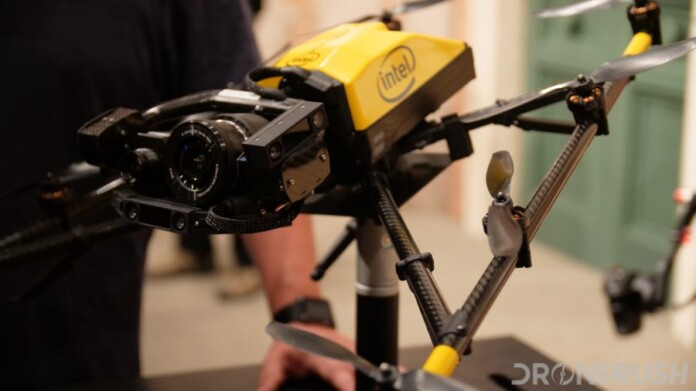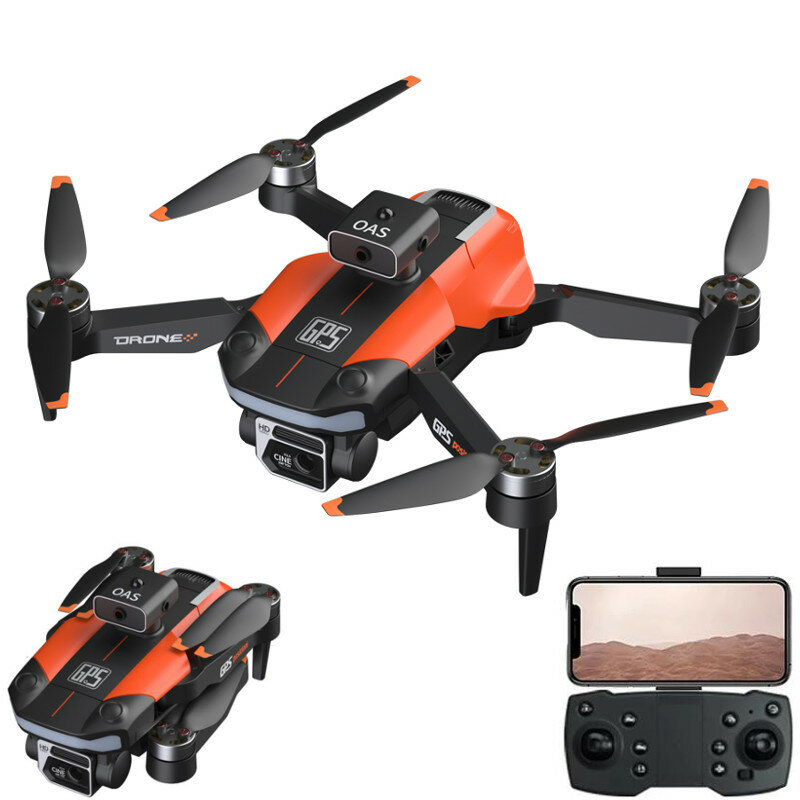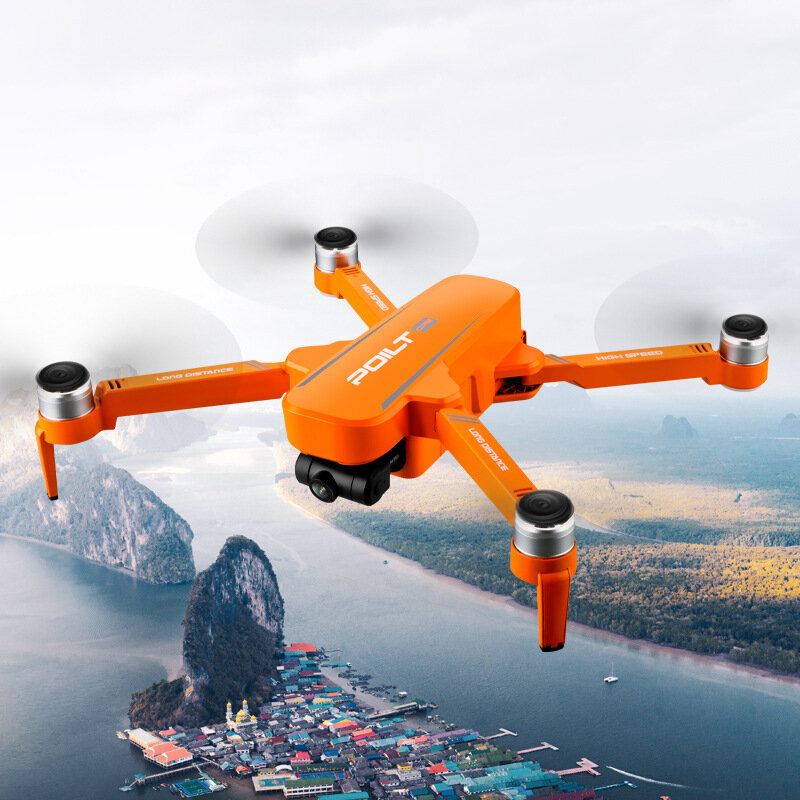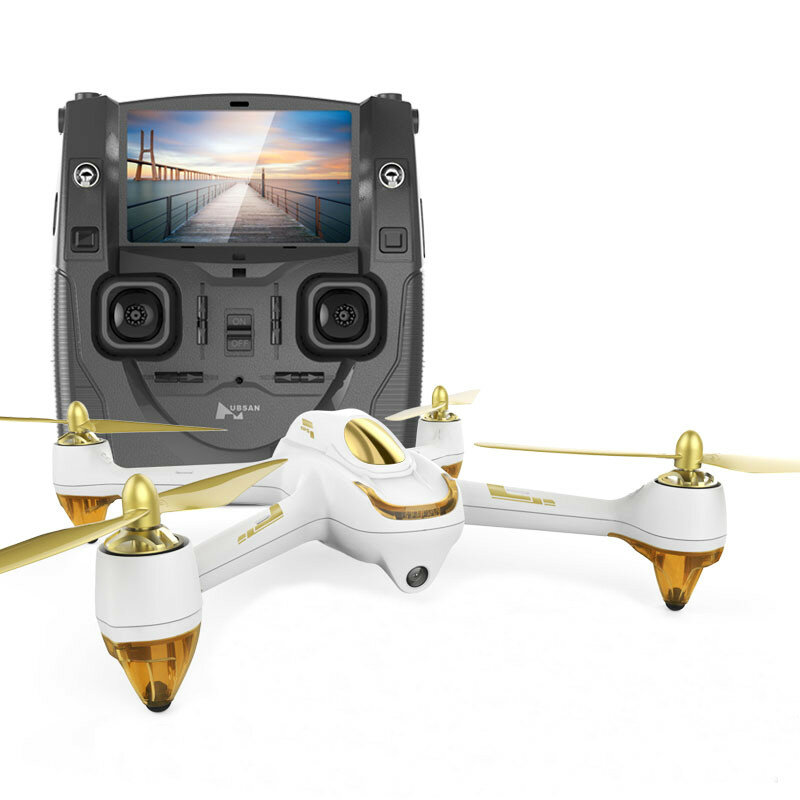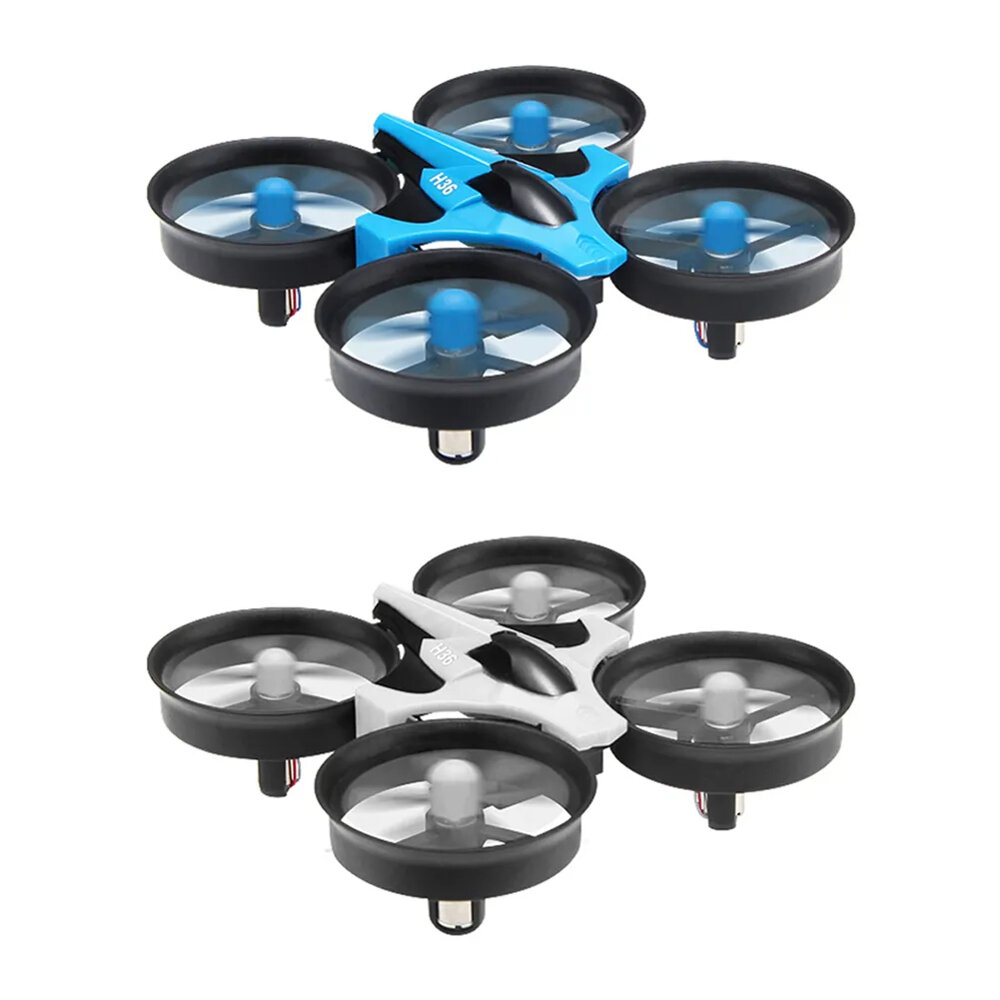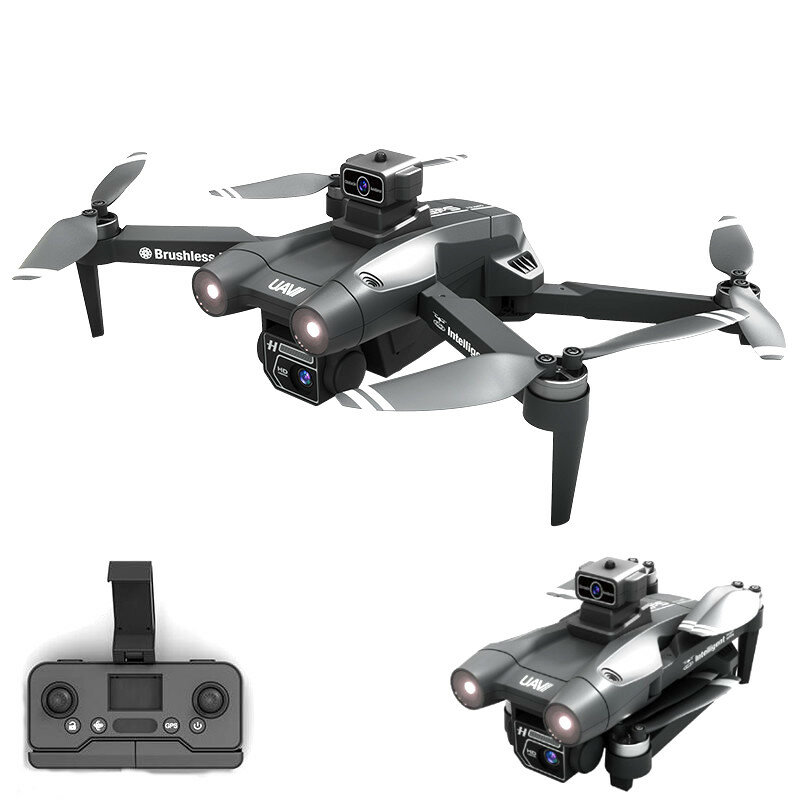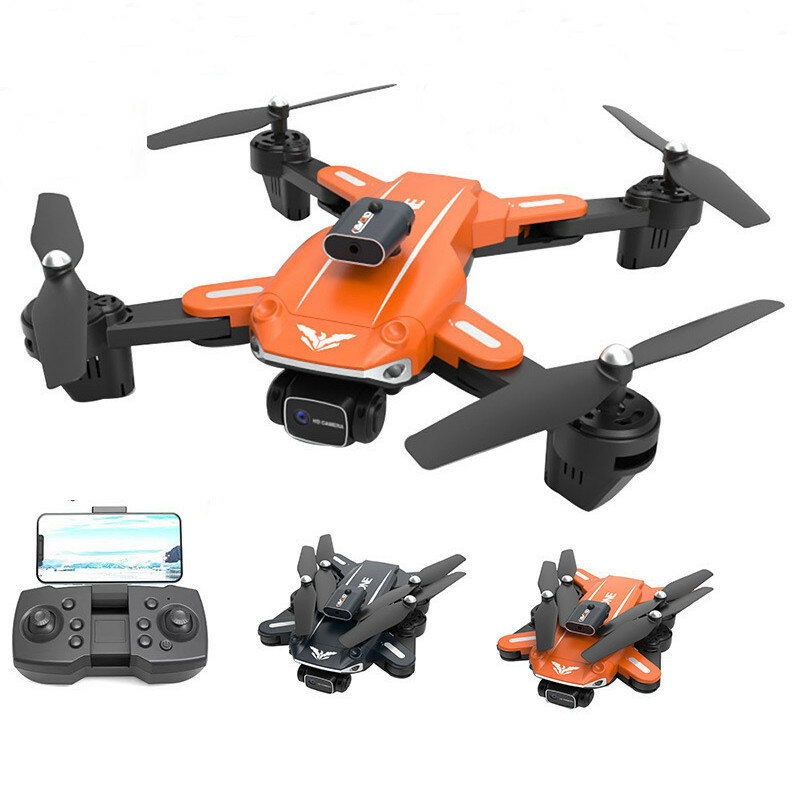When it comes to the cool aerial maneuvers your drone can do all by itself, there is a bit of a debate, are those autonomous flights, or just self-flying / self-piloting actions? We’re going to be exploring this as an opinion piece today, hopefully we get all the technical details accurate.
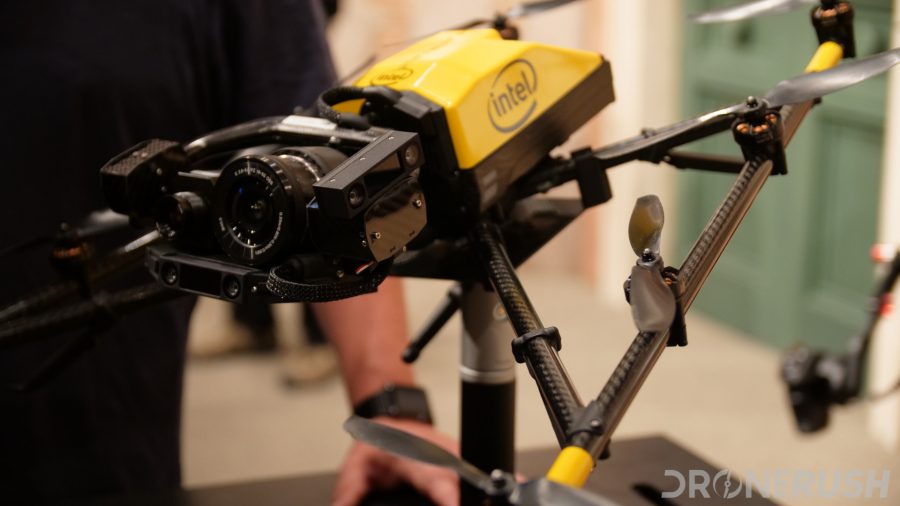
The idea today is simple, where autonomy and self-flying, or self-piloting, have been interchangeable terms in the past, we think the industry is advancing. In short, we think autonomy is a bigger deal than we give it credit for.
Don’t Miss Out!
Sign up now to get the latest Drone news delivered directly to your inbox! We guarantee 100% privacy. Your information will never be shared.
The basics of autonomy
Our favorite drones began shipping with a few self-flying modes to enhance our flights. The most popular mode today is the Follow-Me function. There are different ways to implement a following mode, but there are few ways to initiate it.
Whether a follow mode, following a waypoint track or other, these are modes in which the drone flies itself. Here is the major distinction we are here to explore, the drone may be flying itself, but you have told it where to go, and you hit the start button to get that started.
We would like to pose that true autonomous flight does not take place until the drone or flight system decides where and when to fly without direct human input.
We are not expecting full AI here, not yet at least, we fully accept a flight system that accepts scheduling, for example. We are going to fall back on farming and security a lot today, they’re easy examples to work with.
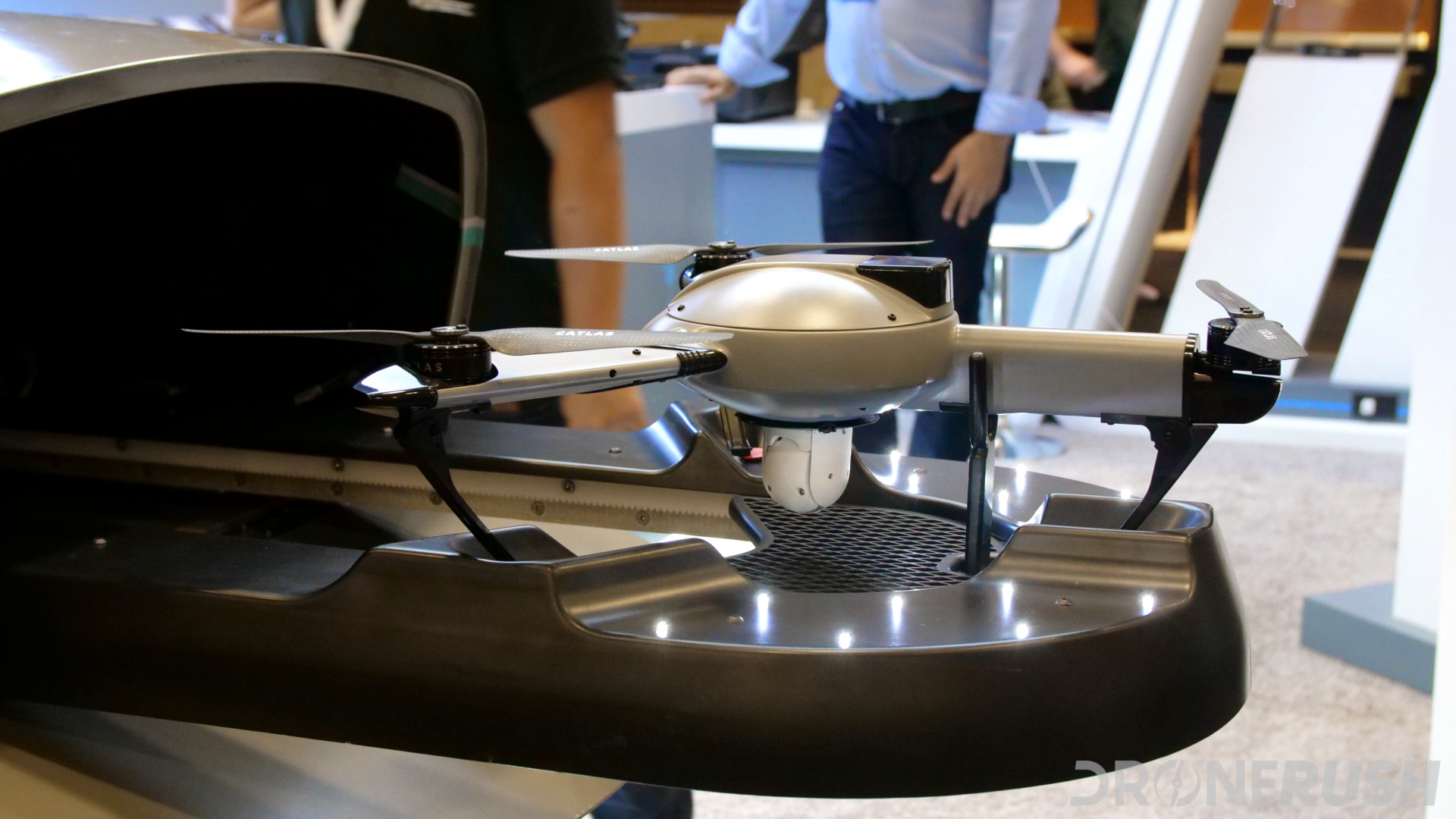
A farmer could program a drone to survey the fence line every day starting at 6am. I’d even go so far as to allow the drone to have its flight path programmed ahead of time, but that drone will need to operate entirely without pilot interaction to qualify as autonomous in my books.
Thing is, good autonomy would change the game. Instead of flying at 6am, what if the drone knew to fly when the sun came up. Don’t forget to add some intelligence to consider the time of day, ambient light and the weather before take-off.
Now, what should the drone do mid-flight? Every drone I’ve flown has a very small set of parameters that trigger an automated RTH. I certainly have not flown a drone that can autonomously identify an intruder then alter its flight to both stay safe and to ensure that video of the intruder goes to the right place. Not to mention setting off alarms.
Surveying a fence line is little different. If the farmer has to retrieve the drone, download the footage then watch the footage to see what the fence looks like, they may have just gone out themselves instead. No question flying a drone for this task can be way more efficient than going for a walk, but if you have to watch the footage, why not manually pilot and watch it live.
Intel and their new Insight software is designed for this sort of workflow. The software is able to automatically view and compare images. If the fence is different than it was yesterday, the software can flag it for your attention.
AI on captured images after the flight is a great start, but what about having the drone identify the fault. The drone could email an image to the farmer instantly, leading to less time for those cows to get out.
NVIDIA and their Jetson super computer have been building navigation into drones, those same smarts could easily fuel the broken fence problem alert I speak of.
In conclusion of the definition, self-flying techniques of drones are merely a part of a true autonomous flight.
Things to know before you fly
- You must register your drone with the FAA before you fly
- You must affix your drone registration number to your craft
- Coming soon: The FAA will require you to pass a test before you fly your drone
- You must acquire your Part 107 certificate if you are to receive any compensation for your flight
- You must follow all of the FAA’s airspace rules if you are flying outdoors
- Hobby flights have different requirements from commercial flights
- In the eye’s of the FAA, drones are aircraft. Period.
- You need to acquire authorization to fly in controlled airspace
I’m not a farmer, why should I care?
I am also not a farmer, don’t you worry. I am also not a heavy user of self-flying features on my drones. I’ve said this before, part of my passion to fly is that I like to be on the sticks of my drone. Follow me modes are fun and certainly have their place, but the only self-piloting feature I use with any frequency is hover.
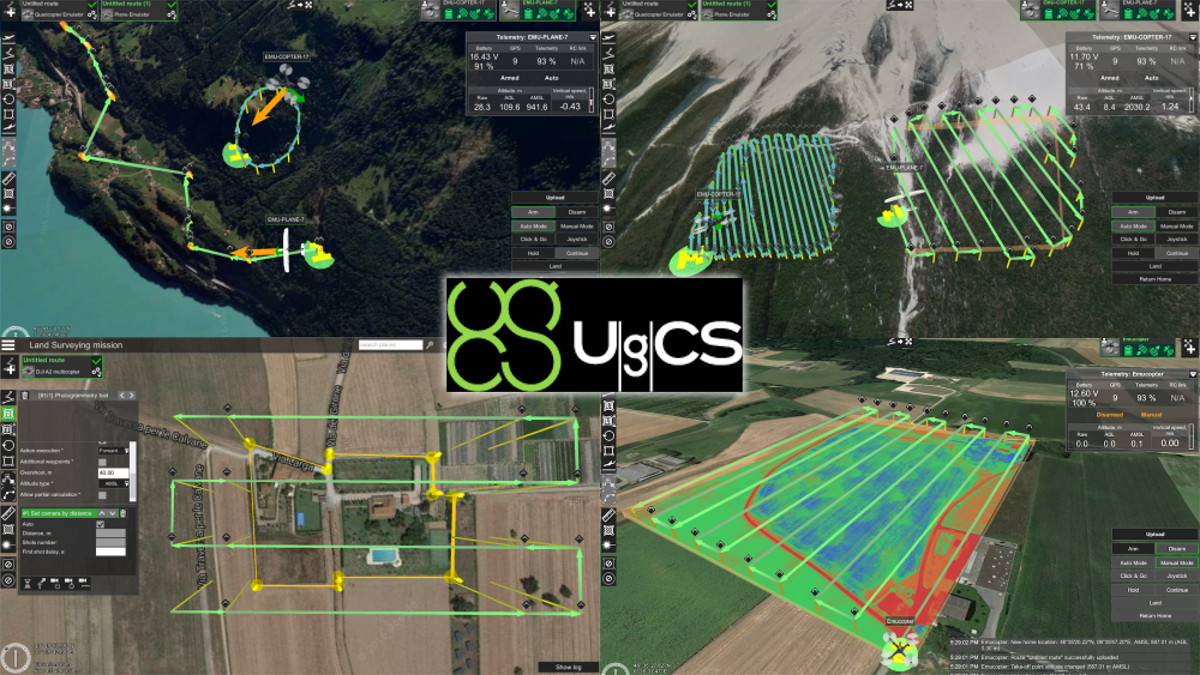
If home security is not a drone necessity for you, and you plan to keep things legal by always flying line-of-sight, truth is, autonomy has little place for you.
Actually, as it sits, full autonomy is all but illegal in the United States.
As the laws begin to change, new drone uses will emerge. Right off the bat will be drone deliveries. You know full well that Amazon will be dropping packages on your doorstep in no time. You’ve also heard about the aerial taxi services that are possible.
These flights will need a very capable level of self-flying ability, then at some point the flights will get to a level I’d call autonomy. When you order a ride, the drone self-diagnoses that it is capable of performing the requested flight, then takes off and navigates all without human input, that’s autonomy. Then, the drone should decide the best route to get from start to finish on its own.
Long story short, farmers and similar type field/rail/power line inspection are going to be huge players in creating and testing the tech you and I can use at home later. This designation is usually reserved for the military, and don’t you worry, consumer and transportation drones that you and I will use will have military tech as well.
Related reading: DJI Quickshot ‘autonomous’ flight modes
If you are flying for pay, or any other form of compensation, you must operate under a different set of rules and possess a commercial drone license. We call it the Part 107, it’s not too hard to get, but it will take some time to learn all the rules.
Special consideration: Hand gestures and voice control
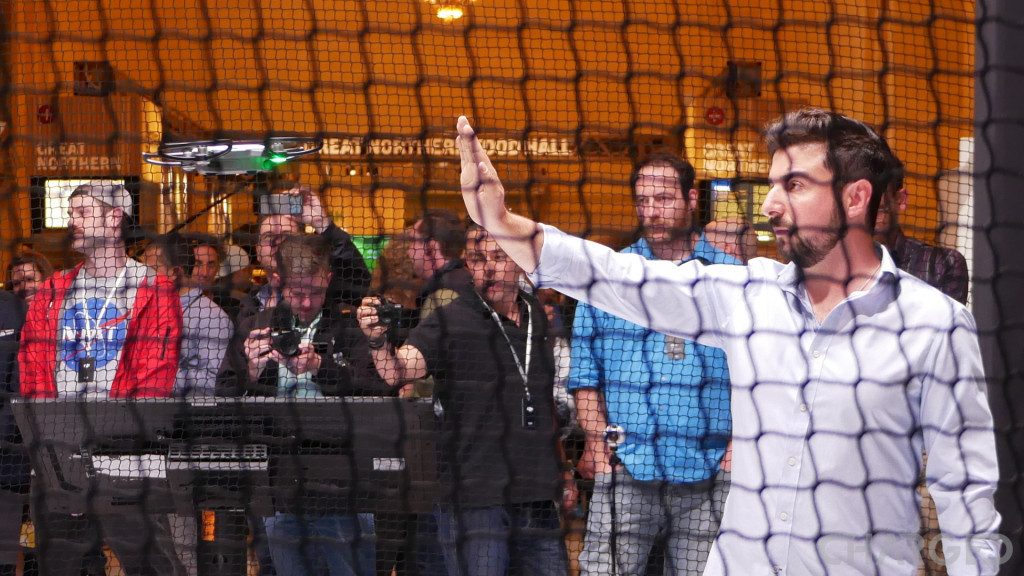
Before we lay out our official opinion, we’d like to ask your thoughts, should we consider control methods such as hand gestures, facial recognition and voice control to be autonomous flight? Self-piloted? Let’s break it down. First, to use these fun features, your machine needs to be able to combine several of the above noted self-piloting techniques. Your drone at least needs to be able to hover in place or be able to follow you as you run in circles in that field.
Next, all of these fun gesture controls and such are actually manual controls. Voice controls are easy to explain, when you say “take a photo” the drone takes a photo – you are controlling the drone. it feels like magic, but in the case of the Yuneec Mantis Q, your connected mobile device is translating your voice into a signal that the remote controls fires up to the drone. As far as the drone is concerned, you hit the physical camera shutter button on the remote.
Perhaps we’ve said enough, we don’t consider hand gestures or voice input to be self-piloting, and we certainly don’t think it’s autonomy. However, you certainly use gestures to trigger self-piloted actions.
What do you mean “autonomous drones” don’t really exist?
Mostly, we’re getting into the semantics of the definitions at this point. Autonomy implies the ability to make decisions as well as operate without oversight. When you push a button to tell a drone to fly in a circle, that is simply a self-piloted operation, the drone may have some autonomy over aspects of its route, if it has obstacle avoidance sensors, but will likely never, and probably should never, be 100% autonomous.
Is it legal to put your controller to the side while your drone is flying?
The FAA does not explicitly say that you have to have your hands on the controls of your drone at all times. It is legal to set your controller down while the machine is safely self-piloting. However, it is still your full responsibility to ensure safe operations. In many states, it is not legally required that you keep both of your hands on the steering wheel of your moving car, but it’s still your fault if your car travels unsafely – the same concept applies for your drone.
If my drone is flying safely by itself, can I fly a second drone?
No. The FAA makes it very clear, unless you have an approved waiver, there must be one pilot per drone in the sky. In a commercial operation, there will always be one Part 107 certified Pilot in Command for each drone in the sky as well – A PiC may not oversee multiple pilots simultaneously. (The fun light shows that Intel and UVify put on are waivered operations.)
The post Autonomous drone vs self-flying drones, what’s the difference? appeared first on Drone Rush.


